The “Underpants Gnomes,” a memorable creation from the South Park episode “Gnomes,” have a famously incomplete business plan: “Phase 1: Collect Underpants, Phase 2: ?, Phase 3: Profit!” The humor stems from the missing, yet crucial, middle step.

This comical scenario surprisingly mirrors the world of cybersecurity. Identifying vulnerabilities (our “underpants”) is just the first phase. The real, often unseen, work lies in “Phase 2” – the critical steps needed to actually secure our digital systems before we can achieve the “profit” of a safe and resilient environment.
This blog will briefly explore this essential, yet sometimes overlooked, middle ground of vulnerability management.
Just like the gnomes emerge in the dead of night with their mysterious collection bags, vulnerabilities often lurk unseen within our software and infrastructure. And just as the gnomes’ “Phase 2” is the crucial, unarticulated step towards profit, our equivalent middle phase is where the real work of securing our systems takes place.
So, ditch the question marks and let’s delve into the real “Phase 2” of vulnerability management, guided by the spirit (if not the exact methods) of our undergarment-obsessed friends.
Phase 1: Collect Vulnerabilities – The Discovery Process
This phase is akin to the gnomes’ nocturnal raids. In cybersecurity, this involves identifying potential weaknesses in our systems. This is achieved through various methods:
- Vulnerability Scanners: Automated tools that scan systems for known weaknesses.
- Penetration Testing: Ethical hackers simulating real-world attacks to uncover vulnerabilities.
- Security Audits: Comprehensive reviews of security policies and implementations.
- Bug Bounties: Programs that incentivize external researchers to report vulnerabilities.
- Internal Security Assessments: Ongoing efforts by in-house teams to identify and analyze potential risks.
Just like the gnomes diligently gather underpants, we meticulously collect data on potential vulnerabilities, often resulting in lengthy lists and reports. But raw data, like a pile of unorganized undergarments, doesn’t automatically translate to security. This is where Phase 2 comes in.
Phase 2: The Real Work – From Chaos to Control
This is where the magic (and the hard work) happens. Instead of a mysterious “profit,” our goal is a secure and resilient system. This phase involves several critical steps:
1. Contextualization: Understanding the “Why”
Not all vulnerabilities are created equal. Just as a hole in a brand-new pair of socks might be more concerning than a minor tear in an old one, we need to understand the context of each vulnerability:
- Asset Value: What critical data or functionality is affected? A vulnerability in a public-facing marketing website is different from one in a database containing sensitive customer information.
- Exploitability: How easy is it for an attacker to exploit this vulnerability? Are there known exploits available? Is it remotely accessible?
- Potential Impact: What is the potential damage if this vulnerability is exploited? Could it lead to data breaches, service disruption, financial loss, or reputational damage?
- Threat Landscape: Is this vulnerability actively being targeted by threat actors? Are there specific campaigns or malware leveraging this weakness?
Practical Approach: Implement a robust asset inventory and classification system. Correlate vulnerability scan results with asset criticality and threat intelligence feeds.
2. Prioritization: Sorting the Laundry Pile
With a clear understanding of the context, we can now prioritize which vulnerabilities need immediate attention. This prevents security teams from being overwhelmed by long lists and ensures that the most critical issues are addressed first.
- Risk Scoring: Utilize a risk scoring framework (e.g., CVSS – Common Vulnerability Scoring System) and customize it based on your organization’s specific context and risk appetite.
- Categorization: Group vulnerabilities based on severity (critical, high, medium, low) and assign appropriate urgency levels.
- Business Impact Analysis: Consider the potential business impact of each vulnerability when making prioritization decisions.
Practical Approach: Establish a clear vulnerability prioritization policy that outlines how risk scores are calculated and how vulnerabilities are categorized and assigned remediation timelines.
3. Remediation: Mending the Tears
This is the “fixing” stage. Just as the gnomes presumably do something with the underpants, we need to take action to address the identified vulnerabilities. This can involve various methods:
- Patching: Applying software updates that address known vulnerabilities.
- Configuration Changes: Modifying system settings to eliminate weaknesses.
- Workarounds: Implementing temporary solutions to mitigate risk until a permanent fix is available.
- Code Modifications: Fixing vulnerabilities in custom-developed applications.
- Security Controls: Implementing additional security measures (e.g., firewalls, intrusion detection systems) to prevent exploitation.
Practical Approach: Establish a well-defined patching process and change management procedures. Maintain a knowledge base of common vulnerabilities and their remediation steps.
4. Service Level Agreements (SLAs): Setting Expectations
To ensure timely remediation, it’s crucial to establish Service Level Agreements (SLAs) for addressing vulnerabilities based on their priority.
- Time-based Targets: Define specific timeframes for addressing critical, high, medium, and low vulnerabilities.
- Responsibility Assignment: Clearly assign ownership for vulnerability remediation to specific teams or individuals.
- Escalation Procedures: Outline the process for escalating vulnerabilities that are not addressed within the defined SLAs.
Practical Approach: Define clear and measurable SLAs for vulnerability remediation and integrate them into operational processes. Regularly track and report on SLA adherence.
5. Exception Management: When Mending Isn’t Immediate
In some cases, immediate remediation might not be feasible due to technical constraints, business impact, or resource limitations. In such situations, a robust exception management process is essential.
- Risk Acceptance: Formally acknowledge and accept the risk associated with not immediately remediating a vulnerability, with clear justification and management approval.
- Compensating Controls: Implement alternative security measures to mitigate the risk associated with the unpatched vulnerability.
- Regular Review: Periodically review accepted exceptions to determine if remediation has become feasible or if compensating controls remain effective.
Practical Approach: Establish a formal exception management process with clear documentation, approval workflows, and regular review cycles.
6. Continuous Monitoring: Ensuring the Stitch Holds
Just like underpants can wear out over time, new vulnerabilities can emerge in previously secure systems. Continuous monitoring is crucial to ensure that our defenses remain strong.
- Regular Vulnerability Scanning: Schedule periodic scans to identify new vulnerabilities.
- Security Information and Event Management (SIEM): Monitor security logs for suspicious activity that might indicate exploitation attempts.
- Threat Intelligence: Stay informed about emerging threats and vulnerabilities relevant to your environment.
- Regular Security Assessments: Conduct periodic penetration tests and security audits to identify new weaknesses.
Practical Approach: Implement continuous vulnerability scanning and monitoring tools. Integrate threat intelligence feeds into security operations.
Phase 3: Secure the System – The Desired Outcome
By diligently executing the steps in Phase 2, we finally reach our “profit” – a more secure and resilient digital environment. While we may never fully understand the Underpants Gnomes’ ultimate goal, our objective is clear: to minimize risk, protect our assets, and ensure the integrity and availability of our systems.
So, the next time you hear about the mysterious Underpants Gnomes, remember their three-phase approach. While their middle step remains a comical enigma, ours is a well-defined and crucial process that transforms the chaos of vulnerabilities into the control of a secure digital future. Let’s leave the underpants collecting to the gnomes and focus on the real work of cybersecurity!
Seconize DeRisk Center can help you streamline the Phase 2. Book a demo now to streamline your vulnerability management.



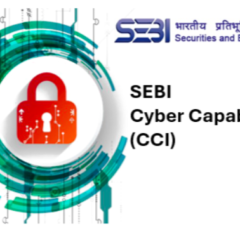
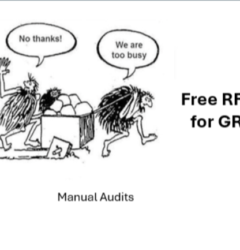
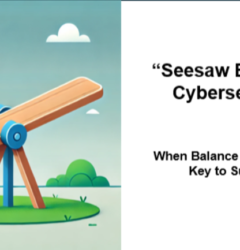
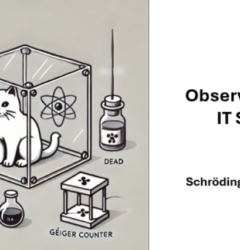
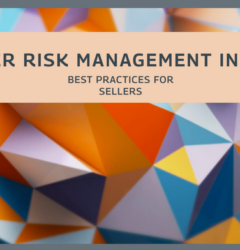

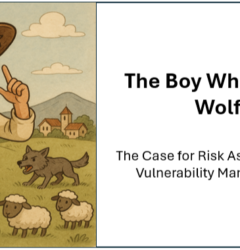

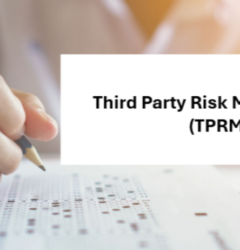




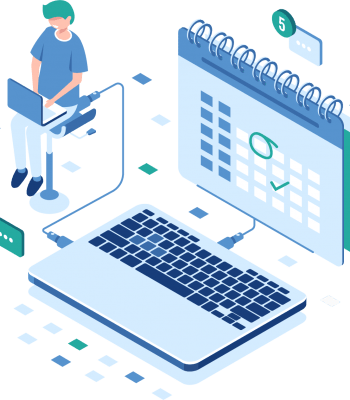

Recent Comments